TLDR Steers with winter hair coats and reduced sweating struggled with heat, leading to less grazing and poor performance.
The study involved 60 steers grazing on toxic tall fescue for 104 days to assess the effects of hair coats and steroidal ear implants on physiological responses. Steers were divided by body weight and hair coat color into six pastures, with treatments of clipped or unclipped hair and two types of steroidal implants (Synovex-S and Compudose). The hair growth rate was 0.29 mm/day, and the sweating rate decreased over time, being higher with the estradiol implant. Clipped cattle had lower rectal temperatures during high ambient temperatures. The study concluded that winter hair coat retention, continuous hair growth, and reduced sweating impaired thermoregulation, leading to decreased grazing frequency and poor animal performance.
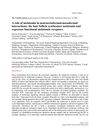 122 citations
,
July 2005 in “The FASEB journal”
122 citations
,
July 2005 in “The FASEB journal” Hair follicles produce and respond to melatonin, affecting hair growth and sensitivity to estrogen.
 1113 citations
,
August 1999 in “The New England Journal of Medicine”
1113 citations
,
August 1999 in “The New England Journal of Medicine” Hair follicle biology advancements may lead to better hair growth disorder treatments.
18 citations
,
November 1998 in “Comparative biochemistry and physiology. Part A, Molecular & integrative physiology” Changes in prolactin and DHEA levels are not required for the start of mink hair growth cycles.
1 citations
,
January 1990 Melatonin makes cattle hair grow faster. Better farming methods improved Pakistan's cotton industry.
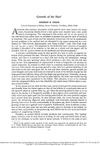 521 citations
,
January 1954 in “Physiological Reviews”
521 citations
,
January 1954 in “Physiological Reviews” Hair growth is cyclic and influenced mainly by local factors.
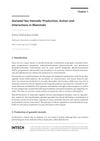 2 citations
,
November 2012 in “InTech eBooks”
2 citations
,
November 2012 in “InTech eBooks” The document concludes that sex hormones are crucial for mammalian reproduction, health, and behavior, and require more research for therapeutic use.
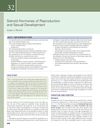 January 2017 in “Elsevier eBooks”
January 2017 in “Elsevier eBooks” Sex hormones affect reproduction, sexual development, and oral health, and it's important for dental practitioners to understand their effects and interactions.
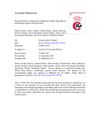 57 citations
,
September 2017 in “Journal of controlled release”
57 citations
,
September 2017 in “Journal of controlled release” Nanocarrier-loaded gels improve drug delivery for cancer, skin conditions, and hair loss.
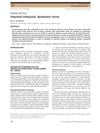 47 citations
,
March 2016 in “Journal of dermatology”
47 citations
,
March 2016 in “Journal of dermatology” Understanding the genetics of rare inherited ichthyosis syndromes is key for better treatments and genetic counseling.
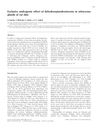 11 citations
,
August 2000 in “Journal of Endocrinology”
11 citations
,
August 2000 in “Journal of Endocrinology” DHEA acts like a male hormone on rat skin glands and doesn't turn into female hormones there.







